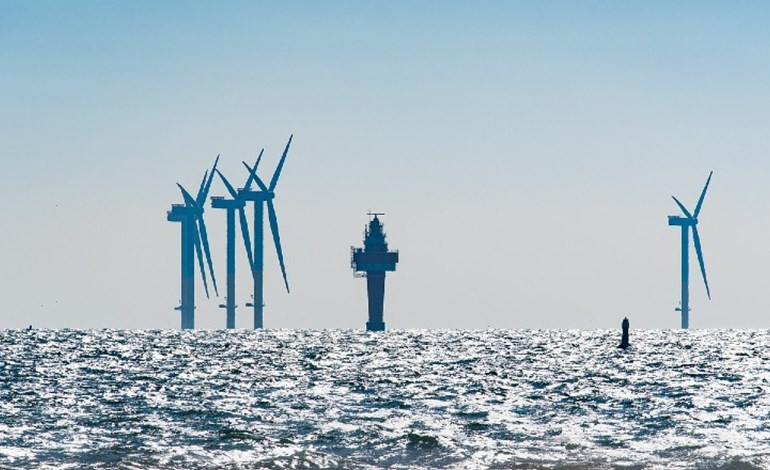The US Bureau of Ocean Energy Management (BOEM) has finalized the designation of a wind energy area (WEA) in the Gulf of Maine with the potential to support the generation of 32GW of clean energy, surpassing current state goals for offshore wind energy in the region.
BOEM will publish a notice in the Federal Register on March 18, initiating a 30-day public comment period regarding potential impacts from offshore wind leasing activities in the WEA. Another public comment period would occur if BOEM decides to move forward with a lease sale in the area.
The WEA, totaling about two million acres offshore Maine, Massachusetts, and New Hampshire, ranges from approximately 23 to 92 miles off the coast. It represents an 80% reduction from the area initially identified for possible leasing and a 43% reduction from the draft WEA, taking into account feedback from various stakeholders.
BOEM director Elizabeth Klein emphasized the agency’s commitment to collaboration with the states of Maine, Massachusetts, and New Hampshire, as well as Tribal governments, federal and state agencies, ocean stakeholders, coastal communities, and all interested parties.
Klein stated, “BOEM is committed to maintaining strong collaboration with the states of Maine, Massachusetts, and New Hampshire as we advance our efforts in the Gulf of Maine. We remain dedicated to engaging with Tribal governments, federal and state agencies, ocean stakeholders, coastal communities, and all interested parties as we progress through our environmental review.”
The designation of the WEA follows extensive engagement with states, Tribes, local residents, ocean users, federal government partners, and the public. The area avoids important areas for lobster fishing, North Atlantic right whale habitat, and other critical fishing areas and habitats. It also strives to avoid a majority of the historical and present-day fishing grounds of Tribal Nations within Maine.
BOEM will continue to consult with Tribal Nations, the fishing industry, and other stakeholders to understand their concerns regarding potential offshore wind energy development within the WEA. The agency leveraged an ecosystem-based ocean planning model designed by the National Oceanic and Atmospheric Administration’s National Centers for Coastal Ocean Science (NCCOS) to identify areas with high wind energy resource potential and fewer potential impacts to other ocean users and sensitive environmental resources.

